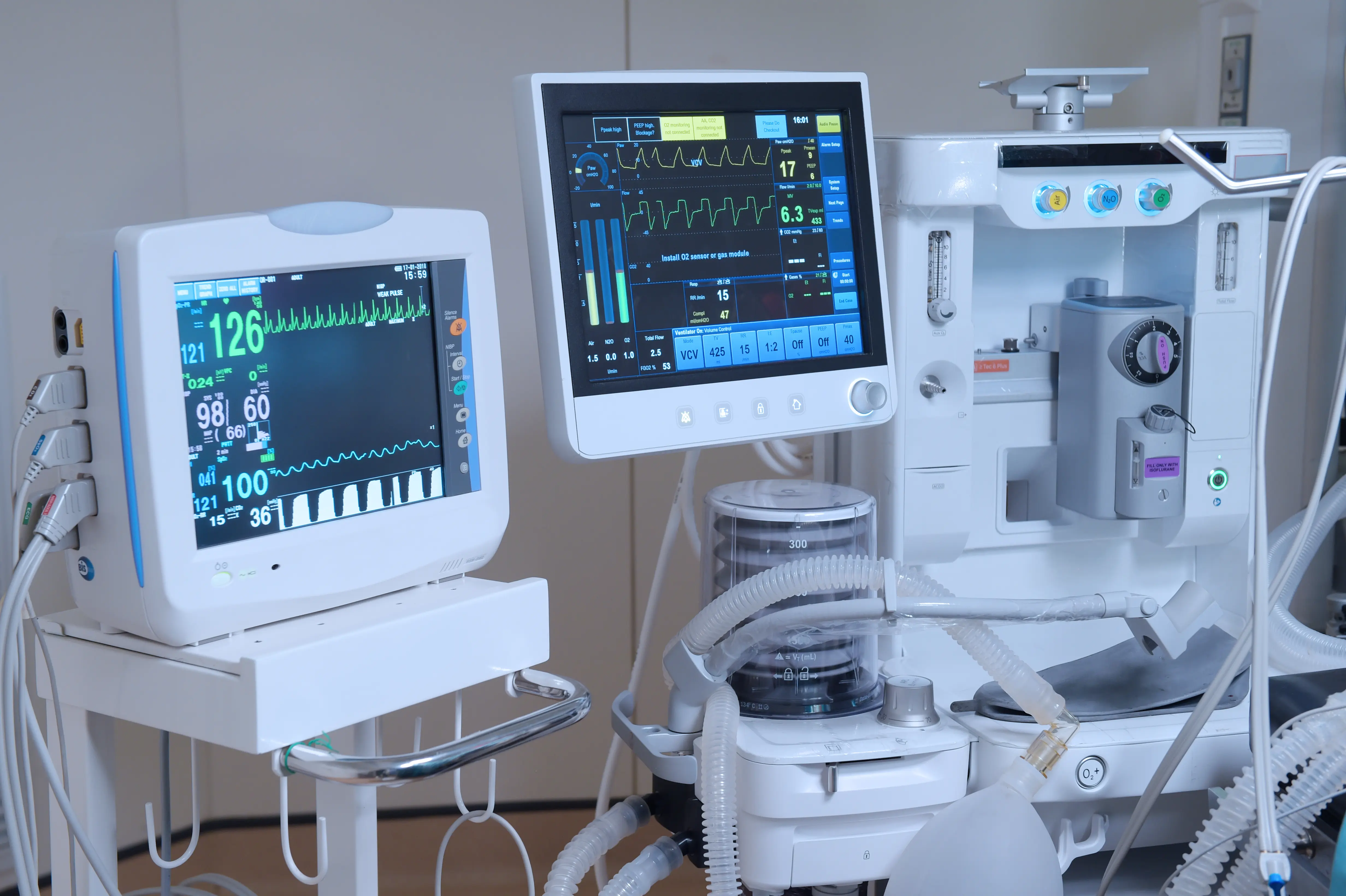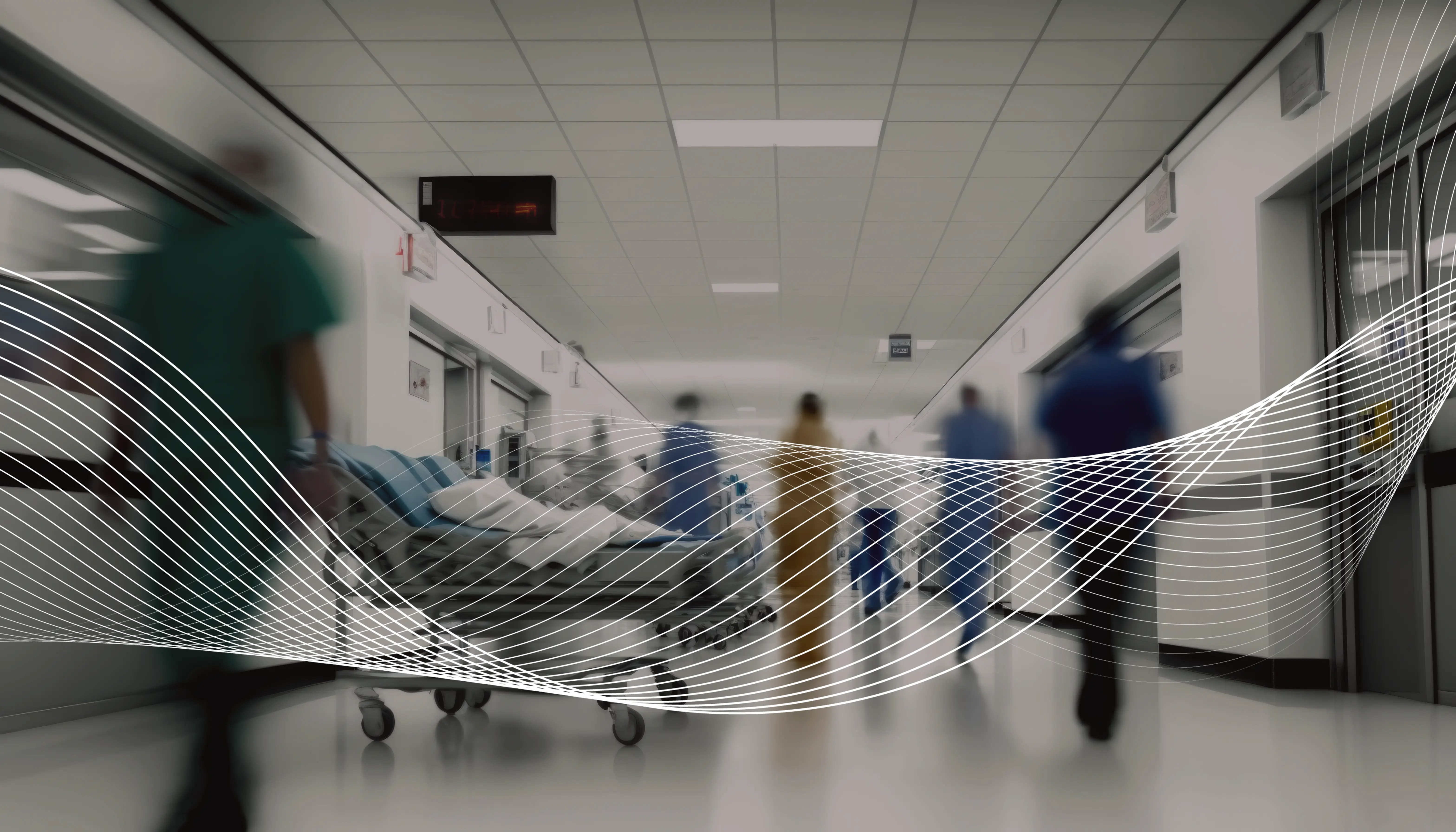Blog Post
Harmony in Healthcare
Harmony in Healthcare
Posted on
15 Sep 2024
Category
Healthcare
15 Sep 2024 • Healthcare

The US Food and Drug Administration has reported over 500 alarm-related patient deaths in five years.
Alarm Fatigue
Medical equipment sounds have the power to save lives. In the best-case scenarios, hospital alarms can alert staff of abnormal variations in vital signs that require immediate attention, such as ventricular fibrillation or disconnected sensors.In actuality, anywhere from 72% to 99% of those clinical alerts are . Over time, nurses and doctors may begin to tune out the din of auditory cues. As the saying goes, if everything is a priority, nothing is a priority. Over time, with an estimated one thousand beeps per hour, those false alarms often go unanswered. The desensitization of the incessant pinging is known as Alarm Fatigue.

Loudness Levels
Healthcare is a noisy field. A symphony of sounds constantly competes to be heard in an already crowded audio attention economy. Beyond the more extreme cases of alarm fatigue, the end audio user experience for patients and practitioners is a stressful sonic soundscape, one that is far louder than it needs to be. This amount of sound can make us sicker, with nerve-wracking noises interrupting sleep and unnecessarily increasing anxiety. When sick people in the hospital can get sicker, that means longer recovery times, amongst other complications.The WHO recommends a range of 30dB-35dB for the background noise level in healthcare facilities between nighttime and daytime, respectively. For reference, that is about as loud as a whispering conversation. The cacophony is a collection of humans and machines: those ringing phones, conversations, fluorescent lights buzzing, ventilation systems whirring, and medical equipment chirping. Combined, they contribute to the overall loudness and can quickly exceed those limits. Recent reports indicate that facilities have background sounds of 42dB on the lower end up to 60dB, an additional 30dB beyond the lower end of the scale. While the increase from 30dB to 60dB is doubled in decibels, the growth is logarithmic, meaning it is perceived as 8x louder than the provided limit.

Sound Solutions
Audio branding builds trust in a field where it matters most. A evaluating the impact of sonic logos on healthcare brands found that sound significantly improves the patient journey.
- Participants reported 7.3% more trust in a healthcare provider when a sonic logo was included
- Hearing a sonic logo led to a 16.2% reduction in negative emotions such as worry and nervousness
- Among less health-engaged consumers, perceived competence rose by 14.1% with the inclusion of a sonic logo
- The same group perceived providers as 10.8% more empathetic when the sonic logo was used
- Anxiety about seeking mental health help decreased by 6.1%
- When a sonic logo was included, trust in the provider increased by 5.2%

